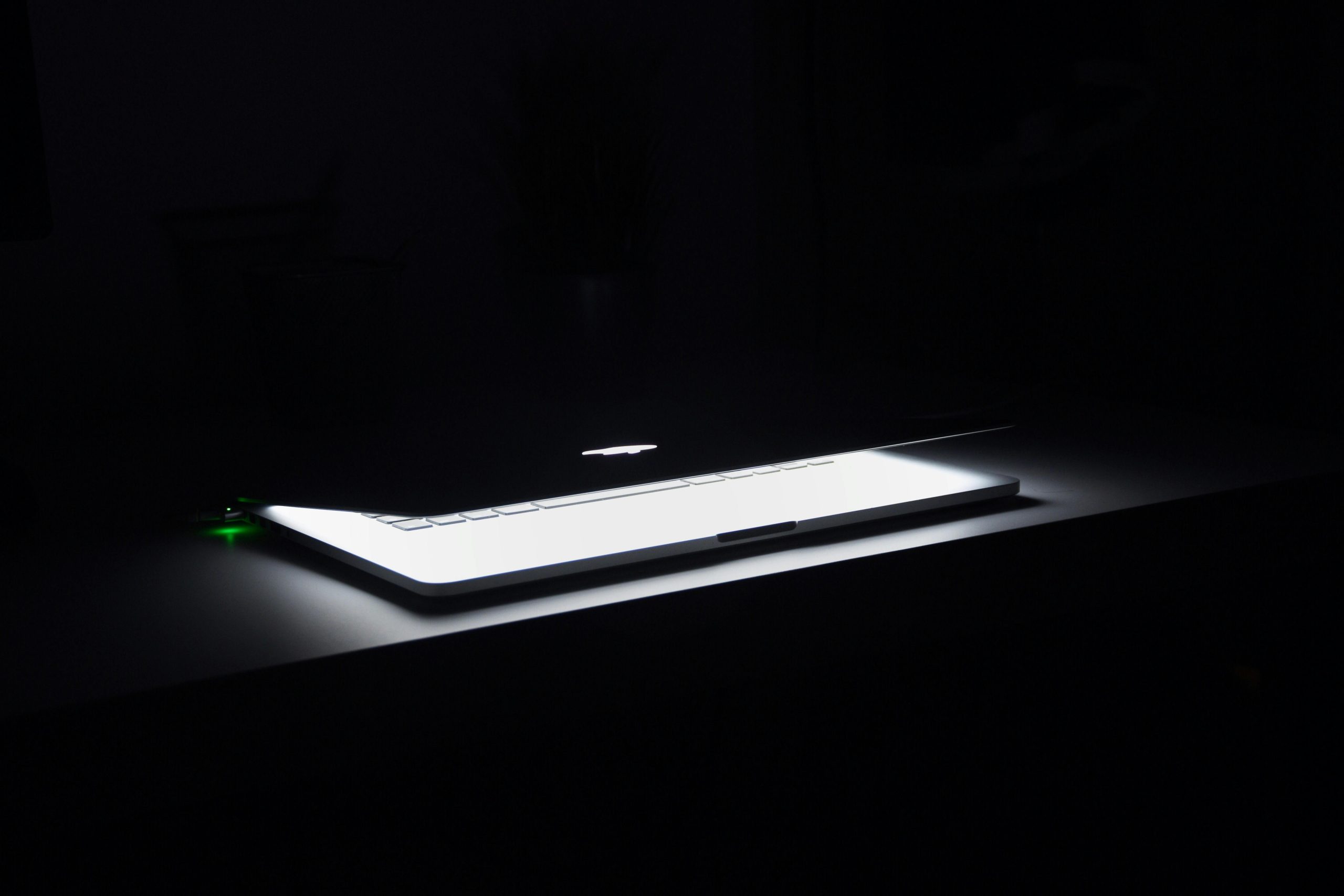Understanding and Troubleshooting Persistent Black Screen Issues on Desktop Computers
Experiencing frequent black screens on your desktop PC can be both frustrating and disruptive. If your system operates normally for several hours before suddenly going dark — with monitors losing display but the computer remaining powered on — it’s essential to systematically diagnose the underlying cause. Below, we explore common issues, potential causes, and troubleshooting steps to help you get your system back to optimal performance.
Symptoms Overview
– Duration Before Failure: The black screens typically occur after several hours of operation.
– Behavior During Blackout: Both monitors lose display simultaneously, with no accompanying sound. The computer’s internal components—lights and fan noises—continue to function normally.
– Rebooting Attempts: Waiting approximately 10 minutes often results in the system rebooting to the lock screen. However, the black screen cycle usually resumes shortly afterward.
– Power Button Response: Initially, pressing the power button shuts down the system. Over time, however, it may become unresponsive, necessitating a forced shutdown by unplugging the power cable.
– Temporal Pattern: The issue appears to resolve temporarily after an overnight rest, only to recur the following day.
Possible Causes and Diagnostic Pathways
1. Power Supply Unit (PSU): An aging or malfunctioning PSU can lead to insufficient power delivery, especially under sustained load, causing display issues or system instability.
2. Graphics Card (GPU): Overheating, driver issues, or hardware failure in the GPU might manifest as intermittent black screens during extended use.
3. RAM Modules: Faulty or poorly seated RAM can trigger system freezes or display problems after prolonged operation.
4. Motherboard or Other Components: Issues related to the motherboard, such as failing capacitors or connections, can also produce similar symptoms.
Troubleshooting Steps
– Check Connections: Ensure all cables and components are securely seated and free of dust or damage.
– Monitor Temperatures: Use system monitoring tools to observe CPU and GPU temperatures during operation. Overheating can cause black screens.
– Test Hardware Components:
– Memory: Run memory diagnostics (e.g., Windows Memory Diagnostic or MemTest86) to identify potential RAM issues.
– GPU: Test with a different graphics card if available or reseat the current card. Ensure drivers are updated.
– PSU: Consider testing with a known-good power supply if accessible.
– Update Drivers and BIOS: Keeping your graphics drivers and motherboard BIOS updated can resolve compatibility and stability issues.
– Observe Power Settings:
Share this content:



